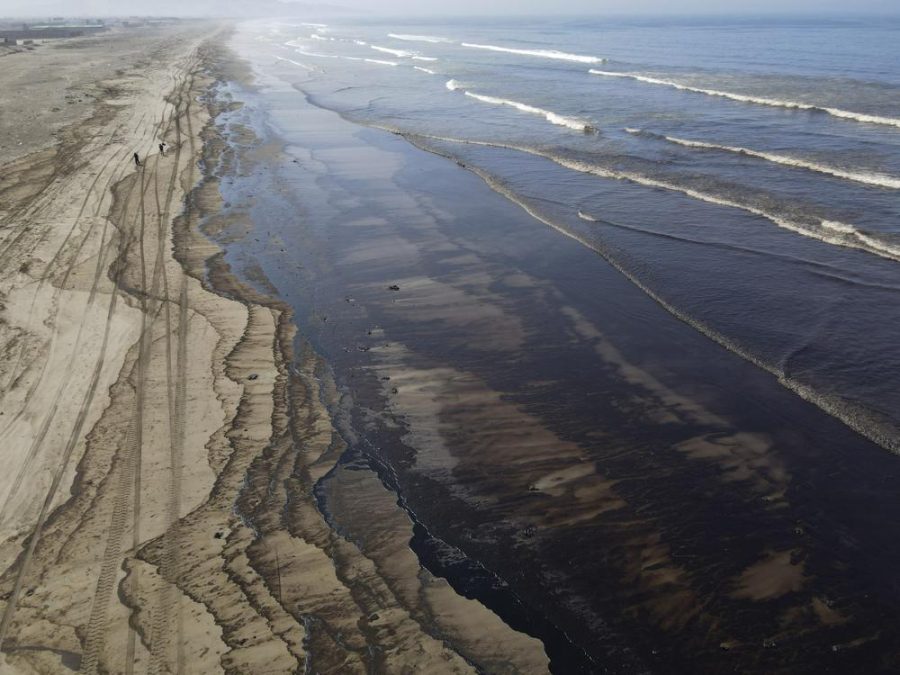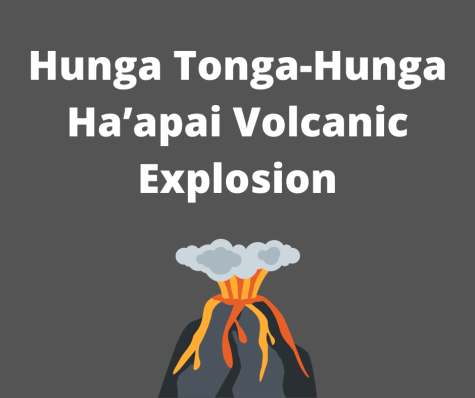Oil Spill In Peru
Oil spills can drastically affect the appearance of the earth’s oceans.
Recently, Peru has been struck with an oil spill. On January 28th, a disruption of waves resulted in about 11,900 oil barrels contaminating the ocean. This oil spill will have a large effect on the people surrounding the Ancon beach area, as the oil contaminated the water near the capital of Peru, Lima. Oil spills take a massive toll on the surrounding ecosystems and people who are a part of the surrounding communities.
Many are blaming Repsol for the spill, a Spanish oil company that was in charge of operating the oil into a refinery. According to the New York Times, “The environment minister said Repsol could eventually have to pay fines worth some $36 million, and accused the company of failing to notify authorities in time and failing to describe the magnitude of the spill correctly.” It was initially notified that the disaster had occurred after the eruption of volcano Tonga. This eruption is what caused the disordered waves near the oil refinery. Repsol claimed that it would do an investigation looking into the cause of the spill and promised to stay honest with the community while it takes place.
The cleanup of the spill has not been easy. The state owned institute of the Sea of Peru has started to collect water samples from the affected coastline to make sure that the cleanup is going progressively in moderation. There are endangered animals that are regularly observed near Lima that now raise concern. The Atlantic has uploaded various images showing the difficult and gruesome cleaning up after the spill. The horizon was overwhelmed with the dark and filthy oil. The main concerns are coming from the possibility of this being one of the biggest spills in Peru’s history.
While oil spills may seem to only last a few days, the rate at which the earth experiences them is very dangerous. During an oil spill on the Gulf of Mexico, the Biological Diversity Organization stated that, “In total, we found that the oil spill has likely harmed or killed approximately 82,000 birds of 102 species, approximately 6,165 sea turtles, and up to 25,900 marine animals.” Despite some animals handling change in the climate well, it is not ideal for their habitat to experience a sudden negative change. One oil spill can drastically change an environment.
There is a common misconception that oil spills only affect the area within a short radius of where they take place. However, this notion is completely false. Public health threats can spread to other states if correct actions are not put into place. Even though an oil spill can only last a few weeks, the effects it has on the environment can last for many years. As an oil spill has the ability to kill off the majority of a certain species, the composition of the habitat could experience a disruption within the dynamic of wildlife.

Hobbies: Art, Reading
Quote: “I’m feeling so tired.” - Mac DeMarco
Theme Song: Space Song by Beach House
Favorite Content Creator: Lindsay...






